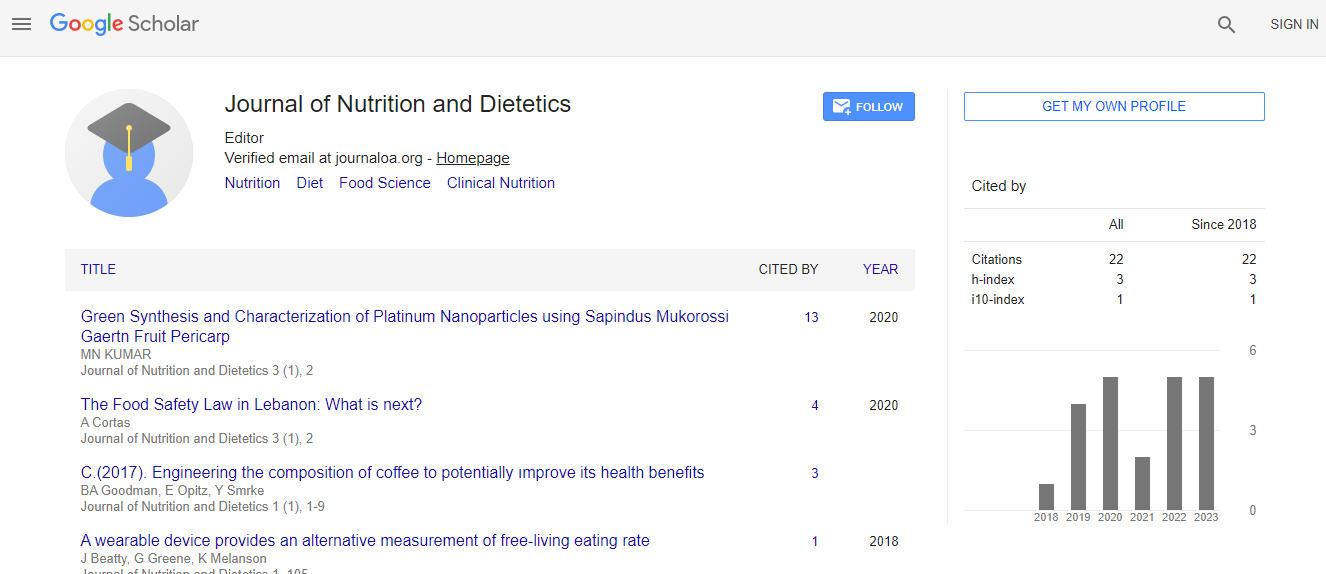Edible insect, flowers and mushrooms - perspective raw materials for food industry
Abstract
Abstract
Population and income growth drive the demand for food and bring about changes in people’s dietary preferences. Edible insects as an
alternative protein source for human food and animal feed are interesting in terms of low greenhouse gas emissions, high feed conversion
efficiency, low land use, and their ability to transform low value organic side streams into high value protein products. More than 2000 insect
species are eaten mainly in tropical regions. Insects have been highlighted as an important food source in response to the growing concerns
about the future of world food security. The consumption of flowers in ancient time is known, on one hand, for being a part of traditional culinary
practices, while being also used in the field of alternative medicines. The clients of edible flowers are gourmet restaurants and their associated
food service operations, and grocery stores. So, to eat edible flowers is a new trend, described as one of the “six trends of food and drinks in
gastronomy”. Edible flowers possess nutritional value – being rich in moisture, carbohydrates and protein, and being low in lipids. They also
contain interesting amounts of ash, including dietary minerals such as calcium, iron, potassium, magnesium, phosphorous or zinc. Furthermore,
they contain bioactive components, such as phenolic compounds, which contribute to their high antioxidant activity, while also conferring color and
aroma. The rising demand for functional food free from synthetic chemicals indicates the awareness of people on quality food. The excellent texture
and unique flavour of edible and medicinal mushrooms makes them universally accepted by all age groups. Due to the production of a large variety
of secondary metabolites with exceptional chemical structures and interesting biological actions they are reservoir of valuable chemical resources.
However, there is very little awareness on mushrooms as a healthy food and as an important source of biological active substances with medicinal
value. Mushrooms are highly nutritive, low-calorie food with good quality proteins, vitamins and minerals. Mushrooms are an important natural
source of foods and medicines. By virtue of having high fiber, low fat and low starch, edible and medicinal mushrooms have been considered to be
ideal food for obese persons and for diabetics to prevent hyperglycaemia. They are also known to possess promising antioxidative, cardiovascular,
hypercholesterolemia, antimicrobial, hepatoprotective and anticancer effects. More than 3000 mushrooms are mainly edible species but, only
100 species are cultivated commercially, and only ten species are used at industrial scale and their global and economic value is now
increasing slowly due to increase in their value as a food as well as their medicinal and nutritional values.
Edible insect, flowers and medicinal mushrooms, rich for wide range of bioactive compounds are considered to be promising, economically and
ecologically advantageous raw materials for the food industry.
This work was supported by the Ministry of Education, Science, Research and Sport of the Slovak Republic projects APVV-18-0312, VEGA
1/0266/20, the Operational Program Integrated Infrastructure within the project: Demand-driven research for the sustainable and inovative food,
Drive4SIFood 313011V336, cofinanced by the European Regional Development Fund, and AgroBioTech Research Centre built in accordance
with the project Building „AgroBioTech” Research Centre ITMS 26220220180 and Erasmus+ Programme of the European Union 2020-1-SK01-
KA203-078363.

 Spanish
Spanish  Chinese
Chinese  Russian
Russian  German
German  French
French  Japanese
Japanese  Portuguese
Portuguese  Hindi
Hindi 